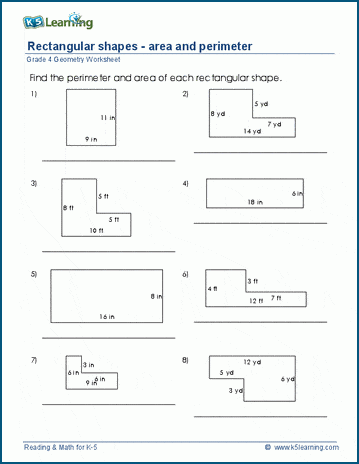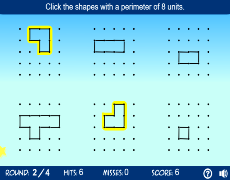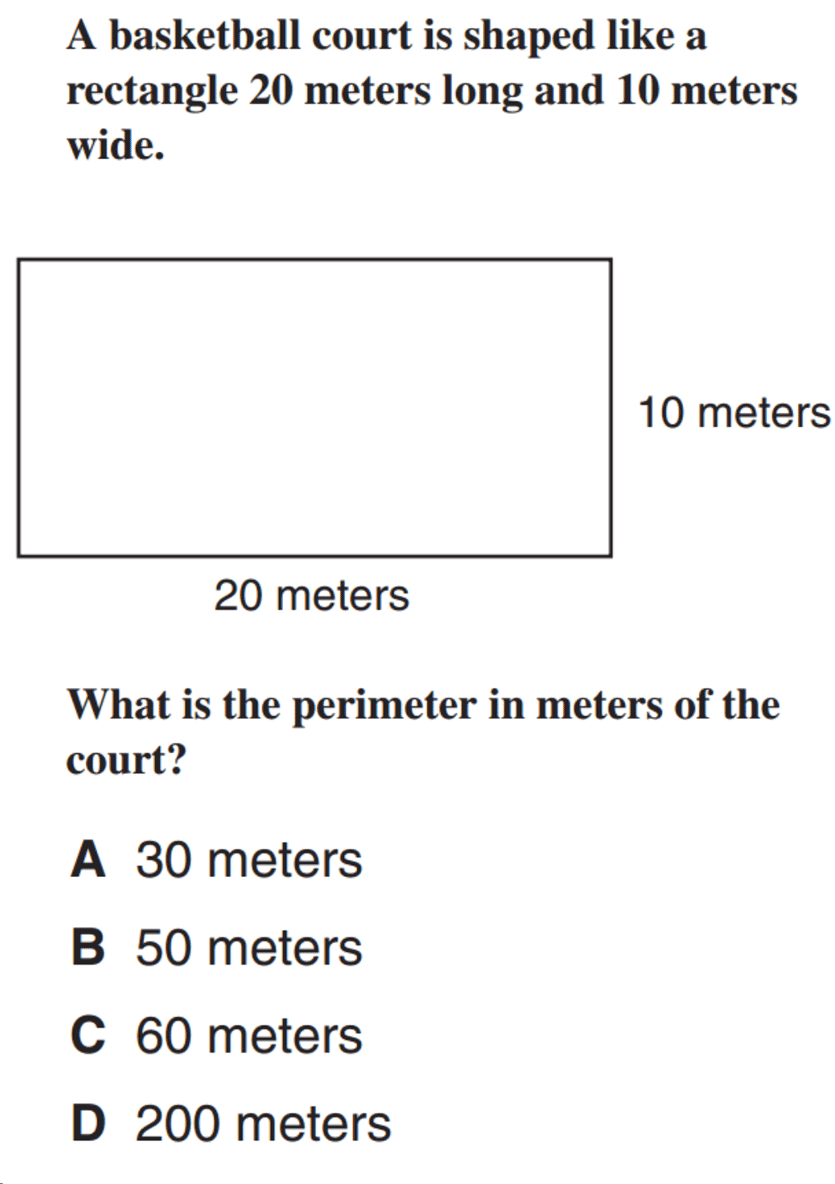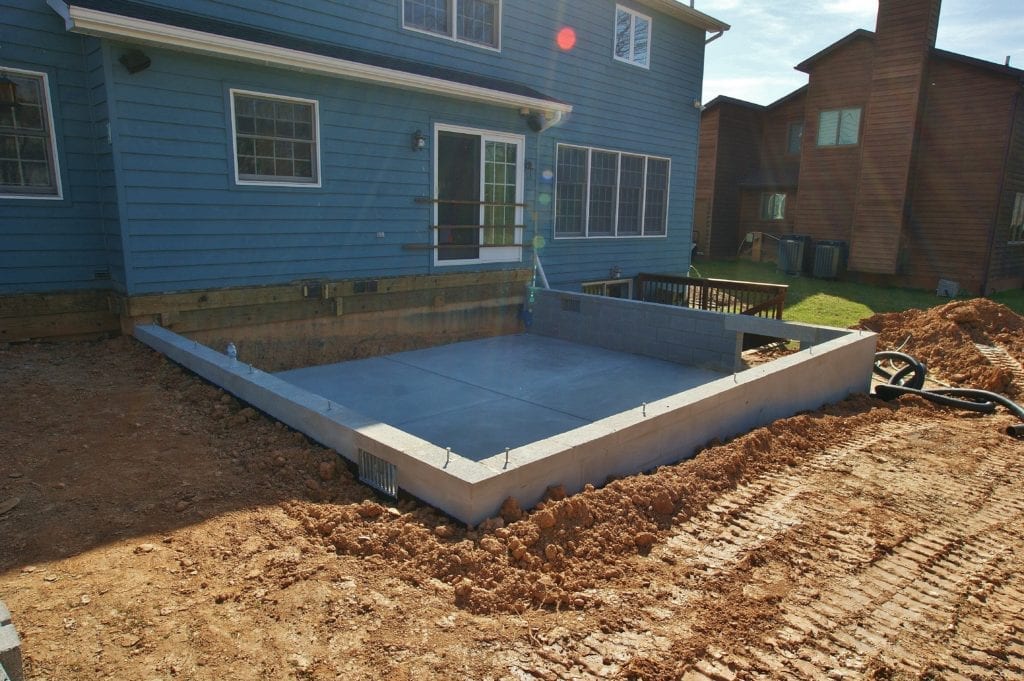Topic the perimeter of a square: Explore the intriguing world of geometry with our comprehensive guide on "The Perimeter of a Square", unlocking the secrets of this fundamental mathematical concept in a simple, engaging manner.
Table of Content
- How do you calculate the perimeter of a square?
- Definition and Basic Concept of Perimeter
- Perimeter of a Square Formula
- Calculating Perimeter with Given Side Length
- Finding Perimeter from Square\"s Area
- YOUTUBE: Finding the Perimeter of a Square
- Determining Side Length from Perimeter
- Using the Diagonal to Find Perimeter
- Real-world Applications and Examples
- Interactive Problems and Practice Questions
- Frequently Asked Questions
How do you calculate the perimeter of a square?
To calculate the perimeter of a square, you need to know the length of one side of the square. Since all the sides of a square are equal, you can multiply the length of one side by 4 to find the perimeter.
Here are the steps to calculate the perimeter of a square:
- Measure the length of one side of the square. Let\'s call it s.
- Multiply this length by 4 to find the perimeter: perimeter = 4s.
For example, let\'s say the length of one side of a square is 5 units. To find the perimeter, you would perform the following calculation:
perimeter = 4 * 5 = 20 units
Therefore, the perimeter of a square with a side length of 5 units is 20 units.
READ MORE:
Definition and Basic Concept of Perimeter
The perimeter of a square, a fundamental concept in geometry, represents the total distance around the boundary of the square. It\"s essentially the sum of the lengths of all four sides of this two-dimensional figure. Since a square has all sides of equal length, the perimeter is calculated by multiplying the length of one side by four. This formula, P = 4 × side, offers a straightforward method for determining the perimeter of a square. It can be measured in any unit of length, such as meters, centimeters, inches, or feet. Understanding this concept is vital not just in academic mathematics, but also in various practical applications, ranging from construction to crafting.
- Calculating Perimeter: Simply multiply the length of one side by 4.
- Using Area to Find Perimeter: When the area of the square is known, the perimeter can be found using the formula P = 4√area.
- Finding Side Length from Perimeter: To find the length of one side of a square when its perimeter is given, divide the perimeter by 4.
The perimeter of a square is crucial in various real-world scenarios, like determining the amount of materials needed for fencing a garden or framing a picture. It\"s a fundamental concept that lays the groundwork for more advanced geometrical studies.

Perimeter of a Square Formula
The formula to calculate the perimeter of a square is a cornerstone in understanding geometric principles. This formula, denoted as P = 4 × side, is a simple and efficient way to determine the total length around a square. It leverages the fundamental property of a square having all sides of equal length.
To use this formula, you simply multiply the length of one side of the square by 4. This calculation works because a square has four sides of equal length, and adding these four sides together gives the total perimeter.
The formula\"s application extends beyond theoretical math and into practical scenarios. For instance, if you know the length of one side of a square-shaped garden, you can easily calculate how much fencing is needed by using this formula.
- Standard Calculation: For a square with each side measuring, say, 5 units, the perimeter would be 4 × 5 = 20 units.
- From Area: If you know the area of a square (e.g., 16 square units), the side can be found as the square root of the area (in this case, 4 units), and thus the perimeter would be 4 times this side length.
- Finding Side Length: If the perimeter of a square is known (e.g., 36 units), the length of one side can be found by dividing the perimeter by 4, resulting in a side length of 9 units in this example.
This formula is not just a mathematical expression but a tool that facilitates problem-solving in various fields, emphasizing the practical significance of geometric concepts.

Calculating Perimeter with Given Side Length
Calculating the perimeter of a square when the side length is known is a straightforward process. The perimeter, P, of a square is simply four times the length of one of its sides. This calculation is based on the fact that all sides of a square are equal in length.
The formula used for this calculation is P = 4 × side. For example, if each side of a square measures 10 cm, the perimeter is calculated as 4 × 10 cm, resulting in a perimeter of 40 cm.
This method is applicable in numerous practical situations. For instance, if you\"re creating a border around a square garden or framing a square picture, knowing how to calculate the perimeter with the given side length can be extremely useful.
Additionally, this concept is not limited to simple manual calculations. Many online calculators and mathematical software programs can also perform this calculation, providing quick and accurate results for various applications.
- Example 1: For a square with each side measuring 7 units, the perimeter would be 4 × 7 = 28 units.
- Example 2: In a scenario where the side of a square is 15 meters, such as in building an enclosure, the perimeter would be 4 × 15 = 60 meters.
- Example 3: If a square playground is to be expanded and each new side measures 47 feet, the perimeter would then be 4 × 47 = 188 feet.
These examples illustrate how the perimeter formula is applied in different contexts, highlighting its versatility and practicality in everyday problem-solving.

Finding Perimeter from Square\"s Area
Determining the perimeter of a square from its area involves a few simple mathematical steps. The area of a square is calculated as the side length squared, expressed as Area = s^2. To find the perimeter from the area, one must first deduce the side length.
The side length can be found by taking the square root of the area. Once the side length is known, calculating the perimeter is straightforward using the perimeter formula: Perimeter = 4 × side. This process is particularly useful in situations where the area is known, but the side length is not directly provided.
- Step 1: Calculate the side length from the area (Side = √Area).
- Step 2: Multiply the side length by 4 to find the perimeter (Perimeter = 4 × Side).
For example, if a square has an area of 36 square units, the side length is √36 = 6 units. Therefore, the perimeter is 4 × 6 = 24 units.
This approach is useful in various real-life scenarios, such as landscaping or construction, where one might know the area of a square space and need to determine the amount of material required to enclose it.

_HOOK_
Finding the Perimeter of a Square
\"Finding\" - Are you struggling to locate your misplaced items? Learn effective strategies and practical tips in this video to enhance your finding skills and never waste time searching for your keys, phone, or glasses again!
Perimeter of a Square
\"Perimeter\" - Dive into the fascinating world of geometry and discover the secrets of perimeter in this captivating video. Unravel the mysteries of measurement and gain a deeper understanding of how to calculate the distance around various shapes.
Determining Side Length from Perimeter
When you know the perimeter of a square, determining the length of its side is a simple process. This is because the perimeter of a square is equal to four times the length of one of its sides. The formula for this is P = 4 × side, where P is the perimeter, and side is the length of the side of the square.
To find the side length from the perimeter, you divide the total perimeter by 4. This is because all four sides of a square are equal in length. The formula becomes side = P/4.
For example, if a square has a perimeter of 40 cm, the side length can be found by dividing 40 cm by 4, which would result in each side being 10 cm long.
This method is widely used in various practical situations, such as in construction and design, where knowing the side lengths of a square space is crucial for accurate planning and execution.
- Example: If the perimeter of a park is 3200 meters, dividing this by 4 gives a side length of 800 meters for the square-shaped park.
- Another Example: In the case of a square plot with a 200-foot perimeter, the length of each side would be 50 feet.
Understanding how to determine the side length from the perimeter is a fundamental skill in geometry that finds applications in real-life scenarios.

Using the Diagonal to Find Perimeter
Calculating the perimeter of a square using its diagonal involves understanding the relationship between the side length of the square and its diagonal. This relationship is rooted in the Pythagorean Theorem. In a square, the diagonal forms a right triangle with two sides of the square. The length of the diagonal (d) can be calculated using the formula d = side × √2, where \"side\" is the length of one side of the square.
To find the perimeter from the diagonal, one must first determine the length of the side of the square. This can be done by rearranging the diagonal formula to solve for the side: side = d / √2. Once the side length is known, the perimeter (P) can be found using the formula P = 4 × side.
For example, if the diagonal of a square measures 14.14 units, the side length can be calculated as 14.14 / √2 ≈ 10 units. Consequently, the perimeter of the square would be 4 × 10 = 40 units.
This method is particularly useful in geometric problems and real-life scenarios where the diagonal of a square space is known, and the perimeter needs to be determined for purposes such as material estimation or boundary setting.
- Step 1: Determine the side length from the diagonal (Side = Diagonal / √2).
- Step 2: Calculate the perimeter using the side length (Perimeter = 4 × Side).

Real-world Applications and Examples
The concept of perimeter, particularly that of a square, has numerous practical applications in everyday life. Understanding these uses can help in better appreciating the importance of geometry in our daily activities.
- Architecture and Construction: In architecture, the perimeter of square-shaped plots or rooms is crucial for determining the amount of materials needed for construction, such as fencing, baseboards, or decorative moldings.
- Landscaping and Gardening: Gardeners often calculate the perimeter of square gardens to figure out the length of fencing required to enclose the area or to determine the boundary for planting.
- Interior Design: In interior design, knowing the perimeter of square rooms helps in planning the layout, including the placement of furniture and the length of materials needed for decorations like trim or border wallpapers.
- Sports Fields: The perimeter of square fields or courts is important in sports for defining the playing area and ensuring it meets regulated dimensions.
- Crafts and DIY Projects: In crafting, the perimeter measurement is used to cut materials accurately, whether it\"s for framing, sewing, or paper crafts.
- Education and Learning: Understanding the concept of perimeter is fundamental in educational curriculums, helping students grasp basic geometric principles.
- Geographical Mapping: Perimeter calculations are used in mapping to define the borders of square-shaped regions or properties.
- Manufacturing: In manufacturing, especially in industries like packaging, the perimeter of square objects is calculated to determine the size of materials needed for wrapping or boxing.
These examples highlight the significance of understanding how to calculate and apply the concept of perimeter in practical situations, enhancing our interaction with the physical world around us.

Interactive Problems and Practice Questions
Enhance your understanding of the perimeter of a square with these interactive problems and practice questions. Whether you\"re a student, educator, or just curious, these exercises will help solidify your grasp of this fundamental geometric concept.
- Basic Calculation Challenges: Start with simple problems where you\"re given the side length of a square and asked to calculate its perimeter.
- Reverse Engineering Tasks: Given the perimeter of a square, work backwards to determine the length of one side. This is a great way to understand the direct relationship between side length and perimeter.
- Real-life Scenarios: Solve problems based on real-world situations, like determining the amount of fencing needed for a square garden or the border length around a square park.
- Interactive Online Quizzes: Test your knowledge with online quizzes that provide instant feedback. These quizzes often include varied difficulty levels to cater to different learning stages.
- Visual Aids and Simulations: Use interactive tools that allow you to visually manipulate the sides of a square and observe how the perimeter changes accordingly.
- Word Problems: Engage with word problems that challenge you to apply the concept of square perimeter in practical, everyday situations.
- Advanced Problems: For those looking for a challenge, tackle problems that integrate the perimeter of a square with other mathematical concepts, such as area, volume, and even algebraic expressions.
- Group Activities: Participate in group exercises where you can collaborate with others to solve perimeter-related problems. This is especially beneficial in classroom settings.
By engaging with these interactive problems and practice questions, you\"ll gain a deeper, more practical understanding of how the perimeter of a square plays a role in various aspects of mathematics and real life.

READ MORE:
Frequently Asked Questions
- What is the formula for the perimeter of a square?
- The formula for the perimeter of a square is P = 4 × side, where \"P\" represents the perimeter and \"side\" is the length of one of the square\"s sides.
- Can the perimeter of a square be calculated if only its area is known?
- Yes, if the area of the square is known, the side length can be found by taking the square root of the area (since area = side²), and then the perimeter is calculated using the formula P = 4 × side.
- How does the perimeter of a square change if the side length is doubled?
- If the side length of a square is doubled, the perimeter also doubles. This is because the perimeter is directly proportional to the side length.
- Is the perimeter of a square always four times the length of one side?
- Yes, the perimeter of a square is always four times the length of one side, due to the definition of a square having four equal sides.
- How can the perimeter be used in real life?
- The perimeter of a square is used in various real-life situations such as calculating the fencing required for a square plot of land, determining the amount of material needed for the borders in construction projects, and more.
- What is the difference between the perimeter and the area of a square?
- The perimeter of a square refers to the total length of its boundaries, while the area represents the total space enclosed within those boundaries.
- Can the perimeter of a square be the same as that of a rectangle?
- Yes, a square and a rectangle can have the same perimeter if the sum of the lengths of the rectangle\"s two adjacent sides equals the length of a side of the square.
The formula for the perimeter of a square is P = 4 × side, where \"P\" represents the perimeter and \"side\" is the length of one of the square\"s sides.
Yes, if the area of the square is known, the side length can be found by taking the square root of the area (since area = side²), and then the perimeter is calculated using the formula P = 4 × side.
If the side length of a square is doubled, the perimeter also doubles. This is because the perimeter is directly proportional to the side length.
Yes, the perimeter of a square is always four times the length of one side, due to the definition of a square having four equal sides.
The perimeter of a square is used in various real-life situations such as calculating the fencing required for a square plot of land, determining the amount of material needed for the borders in construction projects, and more.
The perimeter of a square refers to the total length of its boundaries, while the area represents the total space enclosed within those boundaries.
Yes, a square and a rectangle can have the same perimeter if the sum of the lengths of the rectangle\"s two adjacent sides equals the length of a side of the square.

_HOOK_











